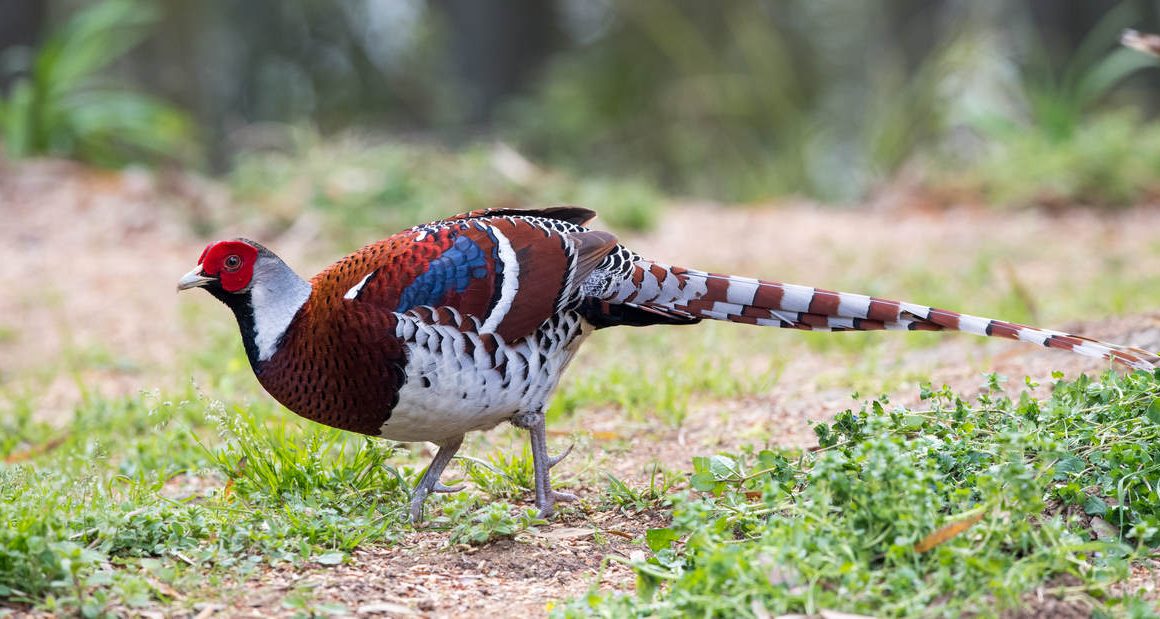
When birding a rural place such as Sanming in winter, you already know that the only places and times you will be warm during the whole trip are in the train to the destination (thanks to China’s indeed very modern and well-functioning system of high-speed trains) and possibly in bed at night (if the place you are staying has thick enough blankets). This is because, in China, winter heating at least traditionally depends on location. If you live south of the Yangtze river, by definition there is no need for heating, independent of how cold it is. Why under such conditions one would go birding is still slightly beyond me, but of course, I went anyway, accompanying a friend.
The main attractions of the Sanming area are some pheasant species. Not sure whether these birds are religious or not, but they certainly like to stay near monasteries. Could be just because they are fed there, though.
One of them is Elliot’s Pheasant. The species that is classified as Near Threatened, which is a bit confusing given that the HBW talks of a population of more than 100,000 individuals. It was named after the American ornithologist Daniel Giraud Elliot (1835-1915), the founder of the American Ornithologist Union. In the usual human-centric way of thinking prevailing then (and maybe now – Alstroem’s Leaf Warbler, anyone?), Robert Swinhoe, who described the bird, gave the following rationale: “Possessed of so many striking characteristics, it would be easy to find an appropriate name for so marked a species, but on glancing down the list of Pheasants I find that not one bears the name of Elliot; and it strikes me it would be wrong to allow his magnificent work on the subject to close without the figure of a bird dedicated to himself” (Wikipedia).
Another name for the species is Chinese Bar-backed Pheasant. The second photo below indicates why this name makes more sense.
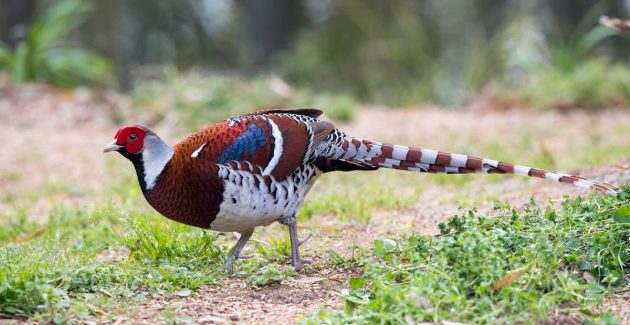
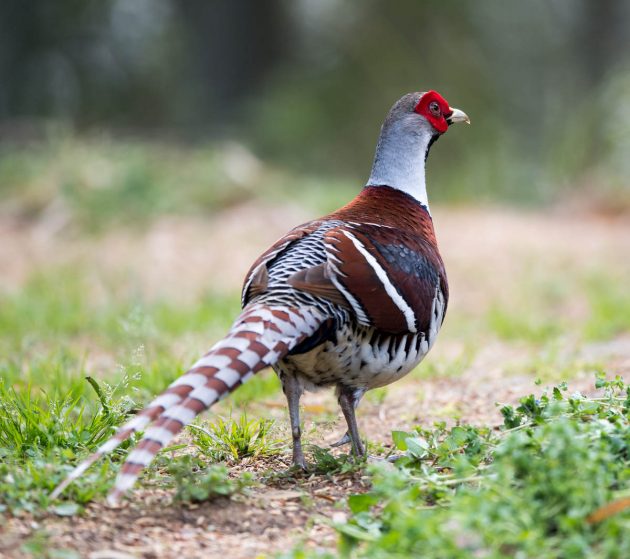
One interesting difference between the two sexes – apart from the obvious ones related to color – is that the males have a short spur (see photo above, about 5 cm above the ground) which the females lack. Apparently, “The spurs are probably used in combat between males, but they also are supposed to play a role when a female chooses a mate. She seems to prefer long spurs …” (source). If you feel so inclined, you can insert your own dirty joke here. Just refrain from sharing it with others, please.
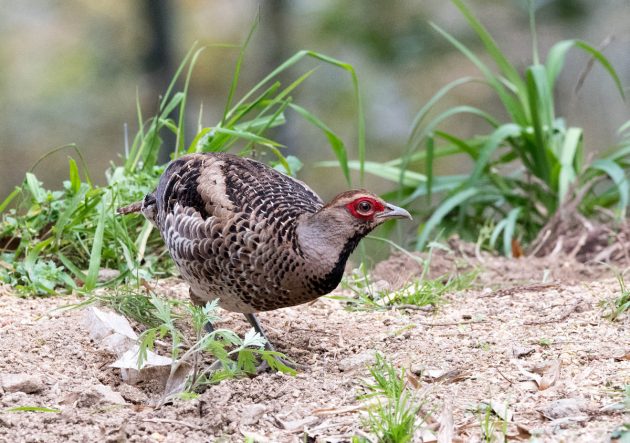
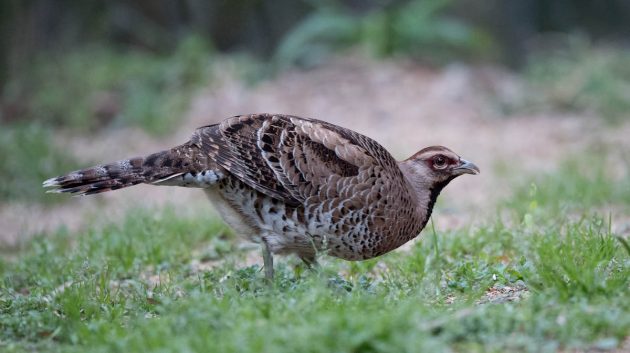
Another species enjoying the proximity of the same monastery (and thus likely the improved chance of getting spiritual redemption and/or food) is Cabot’s Tragopan. Embarrassingly for US citizens, it is again named after a US physician and ornithologist, Dr. Samuel Cabot, Jr. (1815-1885). It seems that at that period, being US-American, being wealthy (very important!), and doing something with birds almost guaranteed having some bird species named after you.
Unlike wealthy Americans, Cabot’s Tragopan is listed as Vulnerable. It seems to be another bird species that has not quite grasped the concept – and the associated options and opportunities – of flying, as Wikipedia states that “Populations are fragmented as it has limited ability to disperse and seems not to move across gaps in forest cover of over 500 meters”.
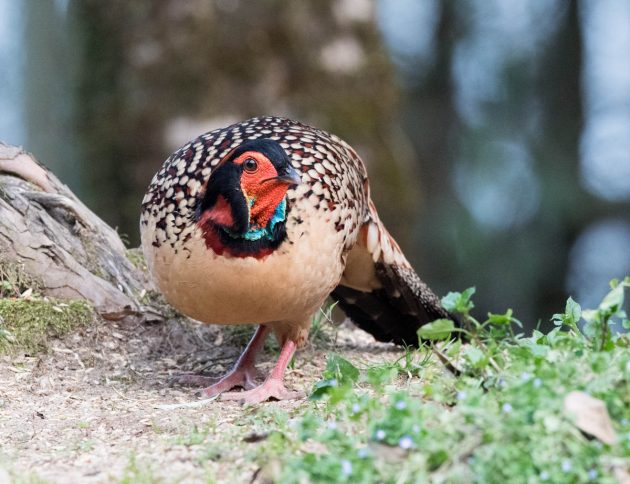
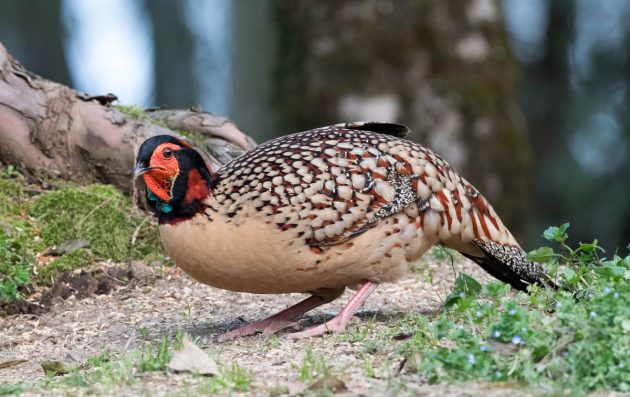
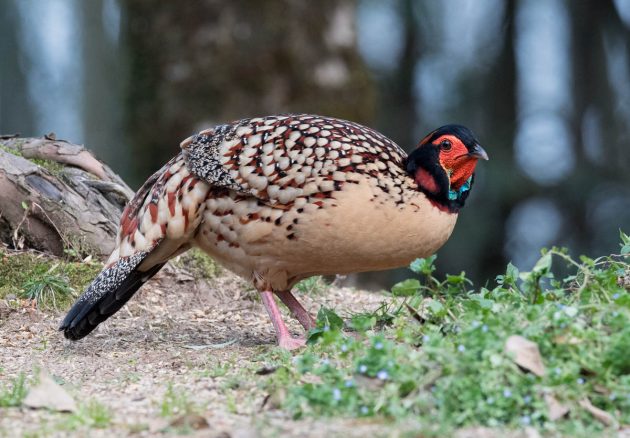
At a different location, a local resident had set up a hide with Silver Pheasants being the main target species (and no, this species was not named after Edward Silver (1820-1860), another wealthy US ornithologist that I just made up, thank god). This pheasant is actually fairly common in many parts of China. What puzzles me a bit about this type of pheasant is that they seem to like slopes and areas with lots of low vegetation – in which their tails must be rather inconvenient (though to be honest, I mostly judge that from the inconvenience of walking around with a tripod in this kind of environment – the photographer’s closest equivalent to a long tail).
Like Ring-necked Pheasants, Silver Pheasants seem to have the ability to completely vanish from view within fractions of seconds. That is why hide owners can earn a living.
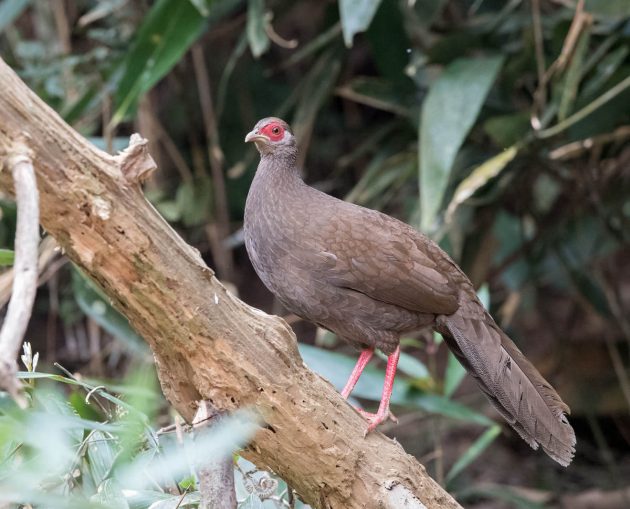

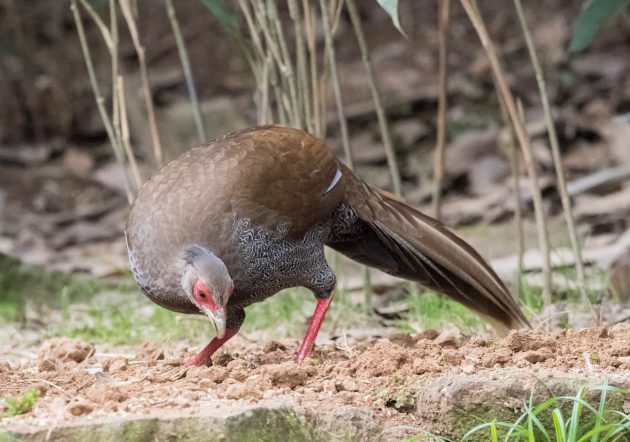
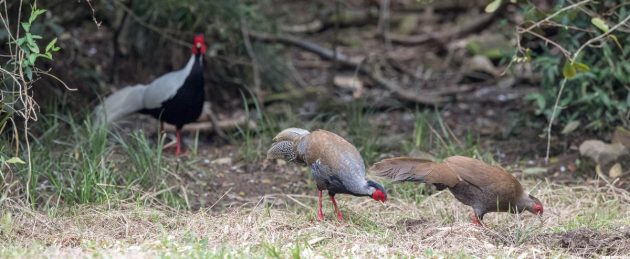
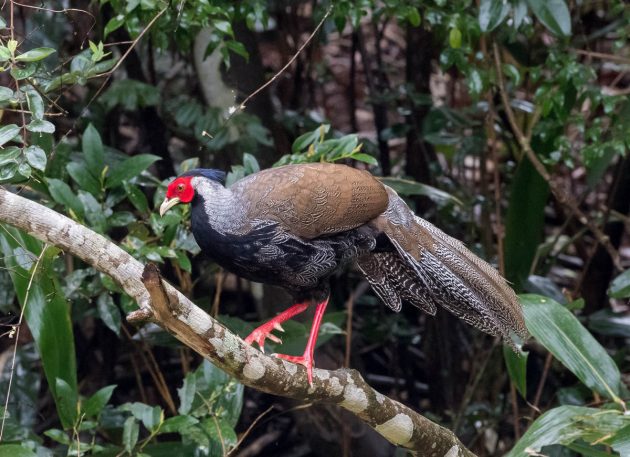
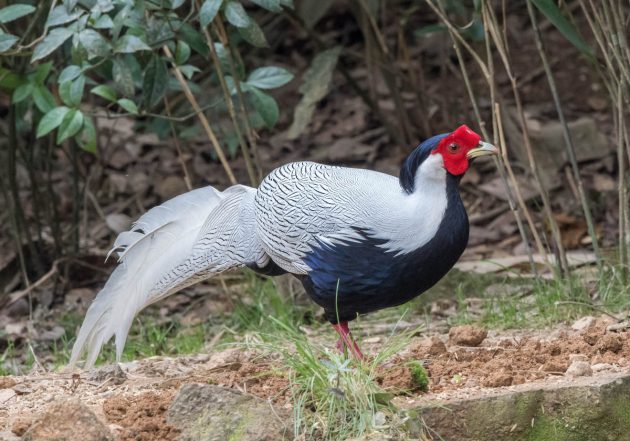
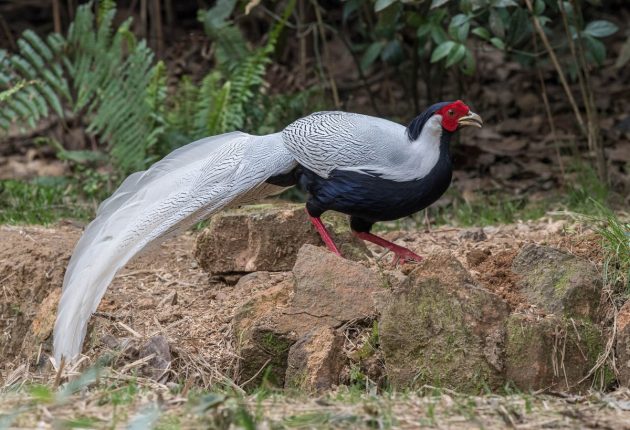
The last larger target species of the trip was the White-necklaced Partridge, another Near Threatened species, unfortunately with a name that does not lend itself to ornithologist name origin fables (Sir Alfred White-Necklaced, anyone?). Unfortunately, the HBW has virtually no information about this species. Apparently, only the weight of one wild specimen has been recorded (253 g), while all the other weight data is from captive birds (mean 320 g, presumably indicating that the captive species could do with some more exercise, fewer video games, and less snack food).
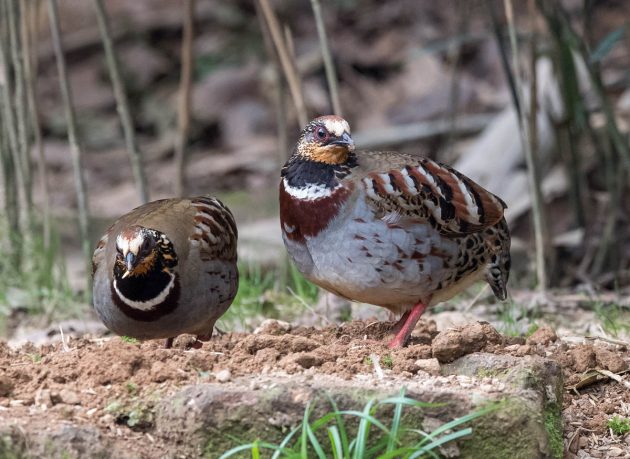
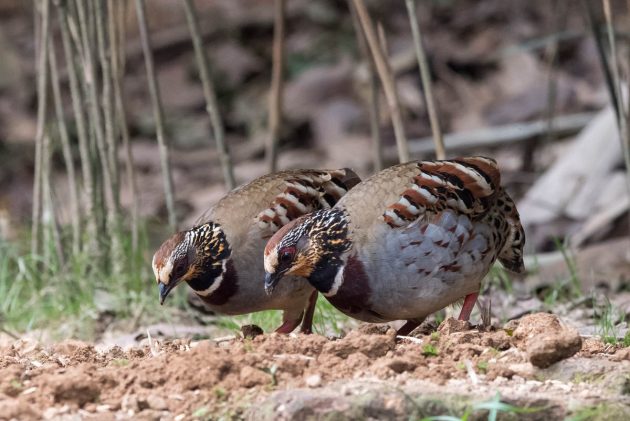
There were a few more species around the hide and the monastery: a Red-billed Blue Magpie, looking splendid as usual …
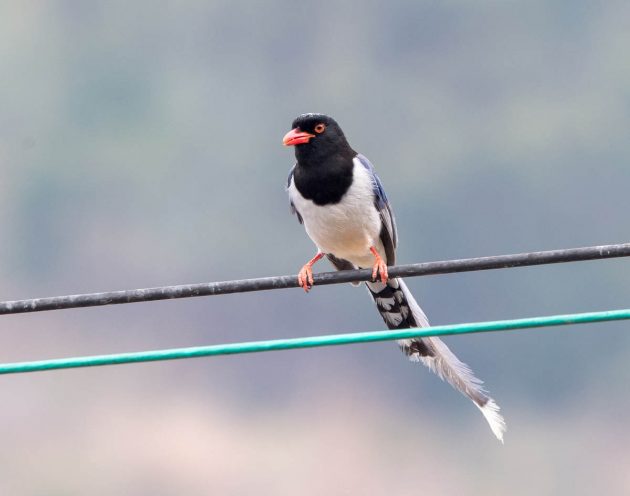
… a pair of Grey-chinned Minivets (assuming that these are not some other, similar minivets – the note in the HBW sounds hardly reassuring given my limited ID skills: “Throughout its range, Gray-chinned Minivet is rather similar to a number of other Pericrocotus species, and identification should rely on wing pattern and throat coloration) …
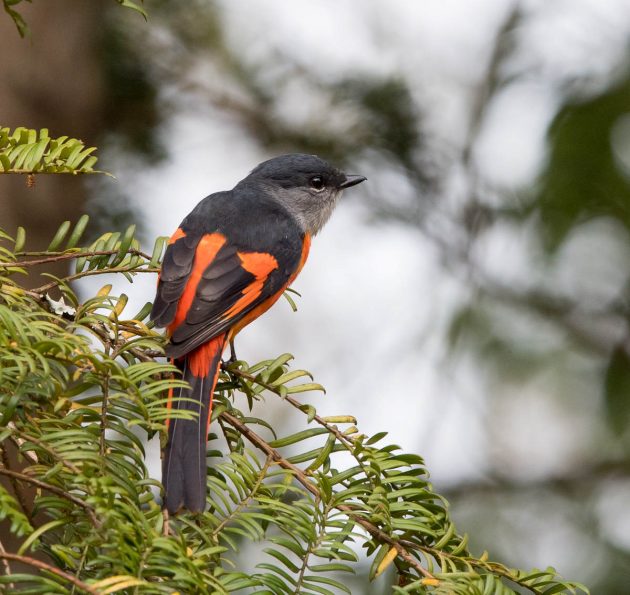
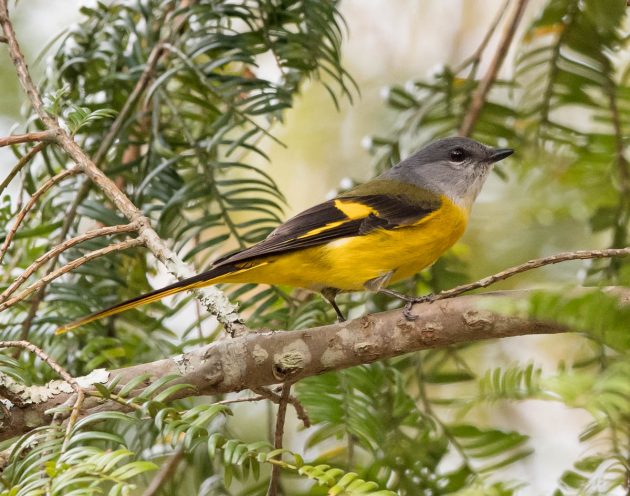
… the rather charming-looking Large Woodshrike, which eBird dismisses in a somewhat self-contradictory manner as a “nondescript large-billed bird with a bandit’s mask” (a nondescript clown with a big red nose?) …
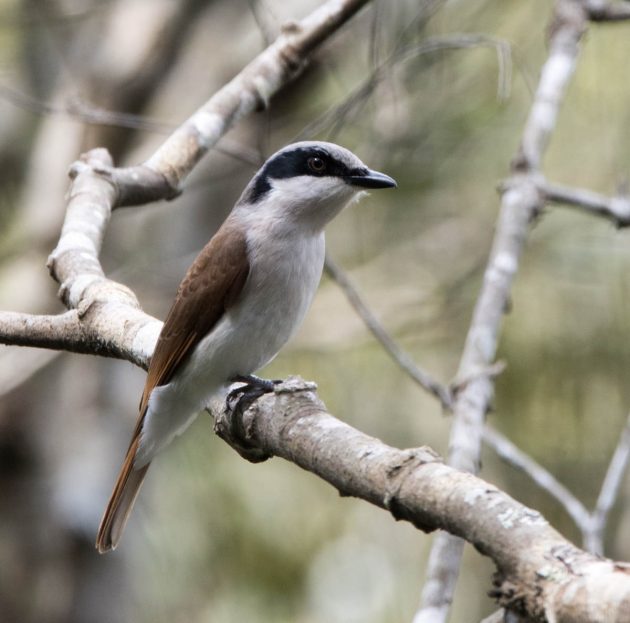
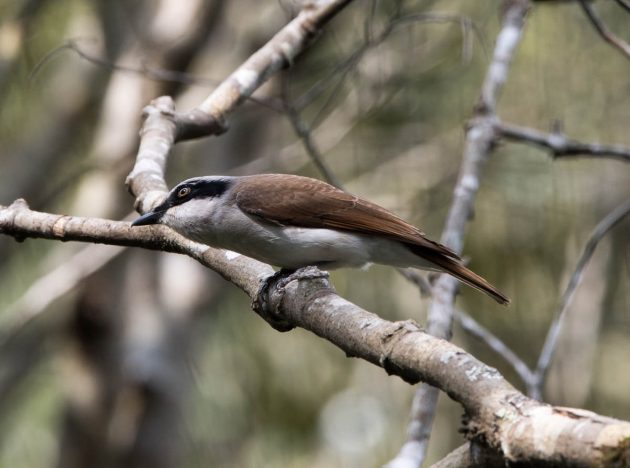
… and a Lesser Necklaced Laughingthrush. Apparently, this species just sold its entire back catalog to Sony for a three-digit figure in million dollars – not surprising as eBird praises its output as “classic laughingthrush repertoire, with a beautiful fluty, melodic song and hooting calls.”
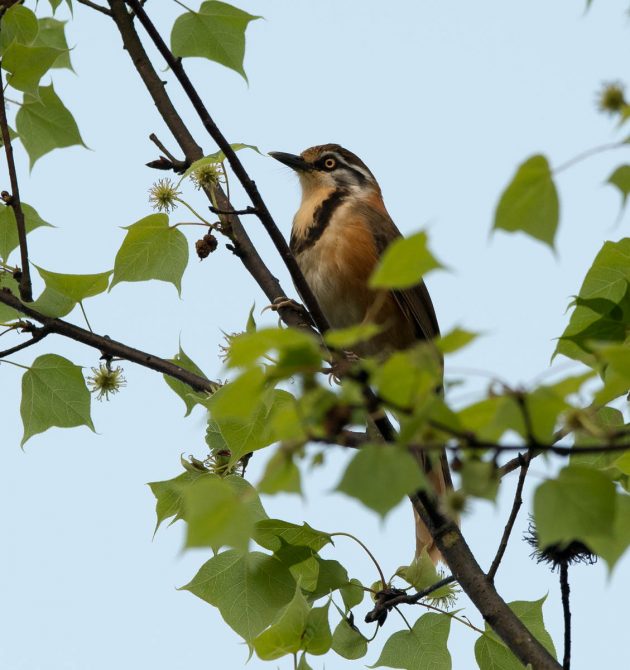
Unfortunately, this is not an option for the Grey Treepie – at best, its call sounds like that of some small nervous robots in a low-budget version of Star Wars. But they seem to enjoy each other’s company even in the rain.
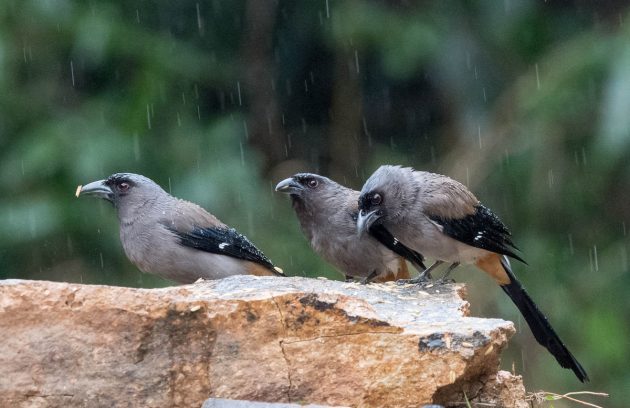
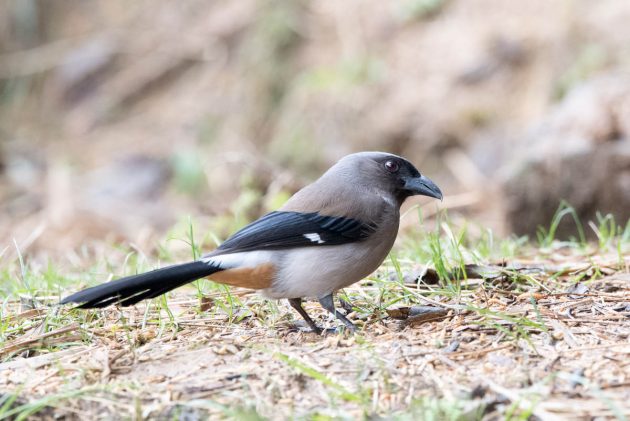
And watch each other jumping.
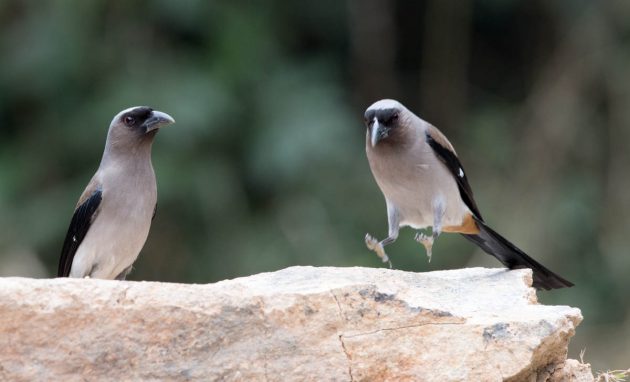
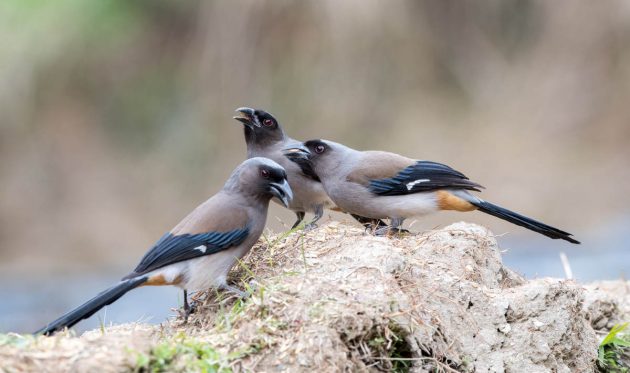
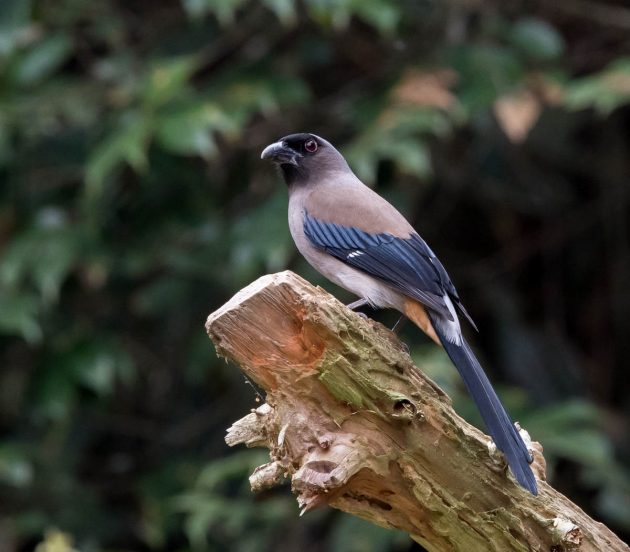













What a great spot!
Grey Treepie is named after EarlGrey who spotted it on his tea estate
Cold isn’t fun, but then you don’t need to worry about heat haze in your photos!
Let’s hope soon you are out of lockdown.